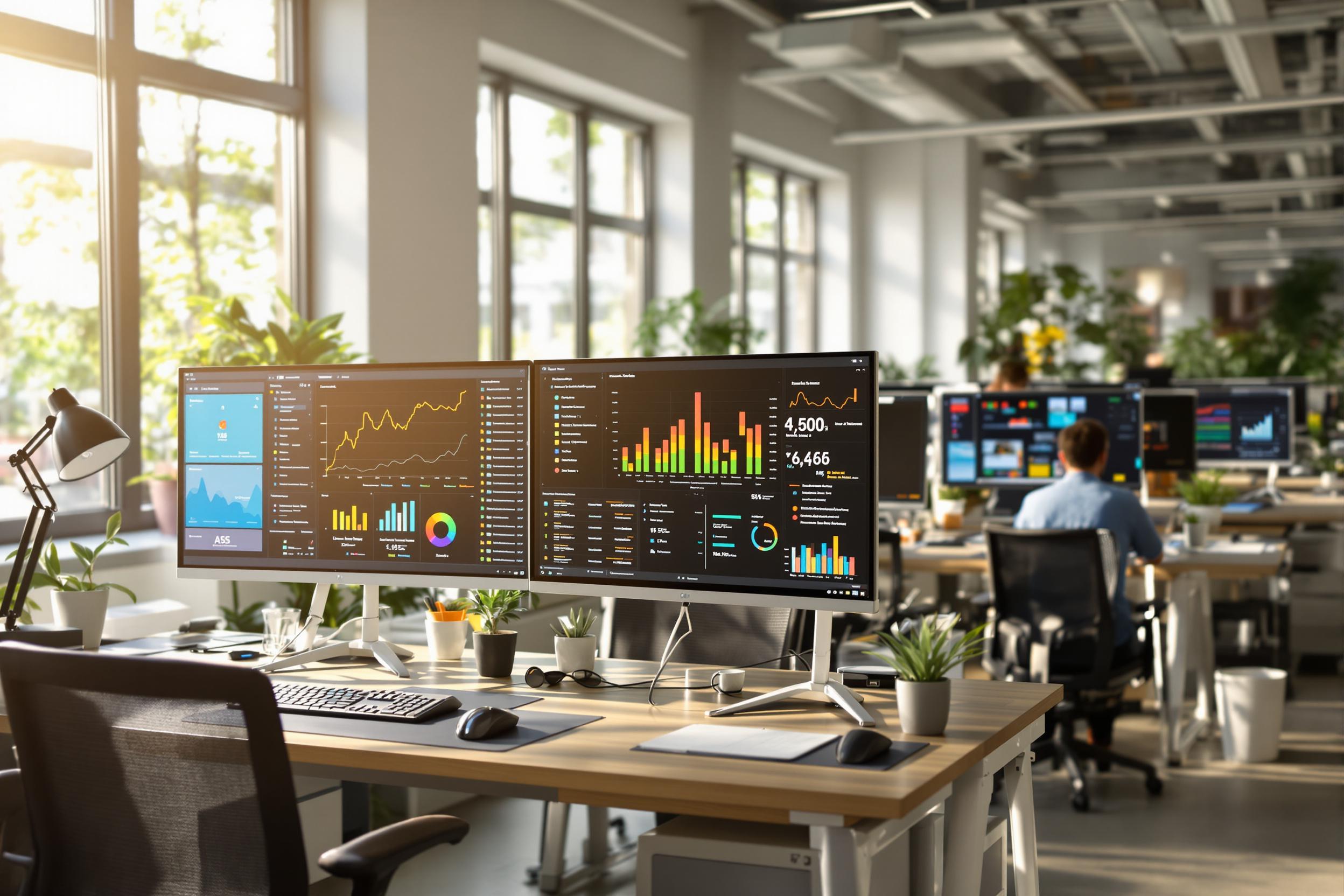
ETF
ETF stands for Exchange-Traded Fund, which is a popular investment tool that works like a basket of different investments bundled together. Think of it like a ready-made collection of stocks, bonds, or precious metals that can be bought and sold just like a single stock. In precious metal trading, ETFs are important because they let traders work with gold, silver, and other metals without having to physically handle or store them. Some well-known examples include SPDR Gold Shares (GLD) and iShares Silver Trust (SLV). These products help make trading precious metals more accessible and manageable for investment firms.
Examples in Resumes
Managed client portfolios including ETF investments worth $10M
Developed trading strategies for precious metal ETFs
Advised clients on ETF selection and portfolio diversification
Analyzed performance of commodity ETFs in global markets
Typical job title: "ETF Traders"
Also try searching for:
Where to Find ETF Traders
Professional Networks
Industry Resources
Job Boards
Example Interview Questions
Senior Level Questions
Q: How would you explain the difference between physical and synthetic ETFs to clients?
Expected Answer: A senior professional should explain in simple terms that physical ETFs directly own the assets they track (like actual gold bars), while synthetic ETFs use financial agreements to copy the performance of assets without owning them. They should discuss the pros and cons of each approach.
Q: What factors would you consider when selecting precious metal ETFs for a client portfolio?
Expected Answer: Should discuss important aspects like trading volume, management fees, tracking accuracy to metal prices, storage methods for physical metal, and the financial strength of the ETF provider.
Mid Level Questions
Q: How do ETF prices typically relate to the underlying metal prices?
Expected Answer: Should explain how ETF prices generally follow the metal prices closely, but can sometimes differ slightly due to market trading, fees, and supply/demand of the ETF itself.
Q: What are the main advantages and disadvantages of investing in metal ETFs versus physical metals?
Expected Answer: Should discuss benefits like easy trading and storage, and drawbacks like ongoing management fees and no physical possession of the metal.
Junior Level Questions
Q: What is an ETF and how does it work?
Expected Answer: Should be able to explain that an ETF is a fund traded like a stock that holds assets like precious metals, and how it provides an easy way to invest in these assets without directly buying them.
Q: What are the basic costs associated with ETF investing?
Expected Answer: Should mention trading commissions and management fees (expense ratios), and explain how these impact investment returns.
Experience Level Indicators
Junior (0-2 years)
- Basic understanding of ETF structure and trading
- Knowledge of major precious metal ETFs
- Understanding of basic market analysis
- Client communication skills
Mid (2-5 years)
- Portfolio management with ETFs
- Advanced market analysis
- Risk management strategies
- Trading platform expertise
Senior (5+ years)
- Complex ETF portfolio strategies
- Market making and liquidity provision
- Team leadership and mentoring
- Advanced risk management
Red Flags to Watch For
- No understanding of basic ETF mechanics
- Lack of knowledge about precious metals markets
- Poor grasp of trading costs and fees
- No experience with trading platforms
- Unable to explain investment risks to clients
Related Terms
Need more hiring wisdom? Check these out...

Navigating Compliance: Structuring On-the-Job Training in Regulated Industries

Building an Unshakable ATS Data Governance Framework: A Guide to Protecting Your Recruitment Goldmine

ATS Benefits For Recruiters: A 2025 Guide to Smarter Hiring

